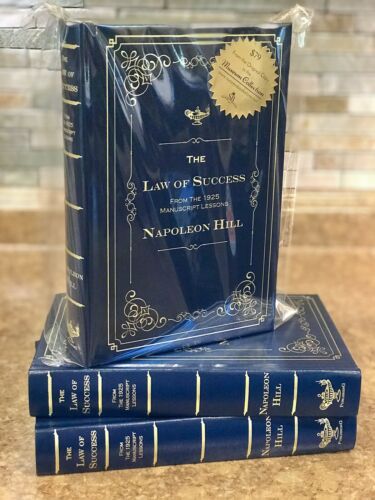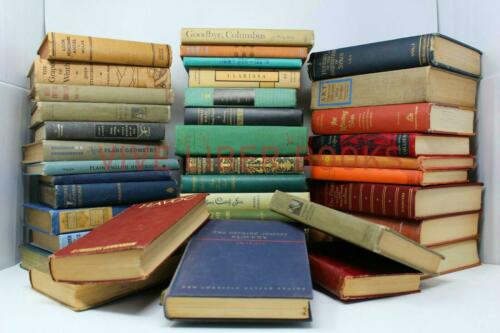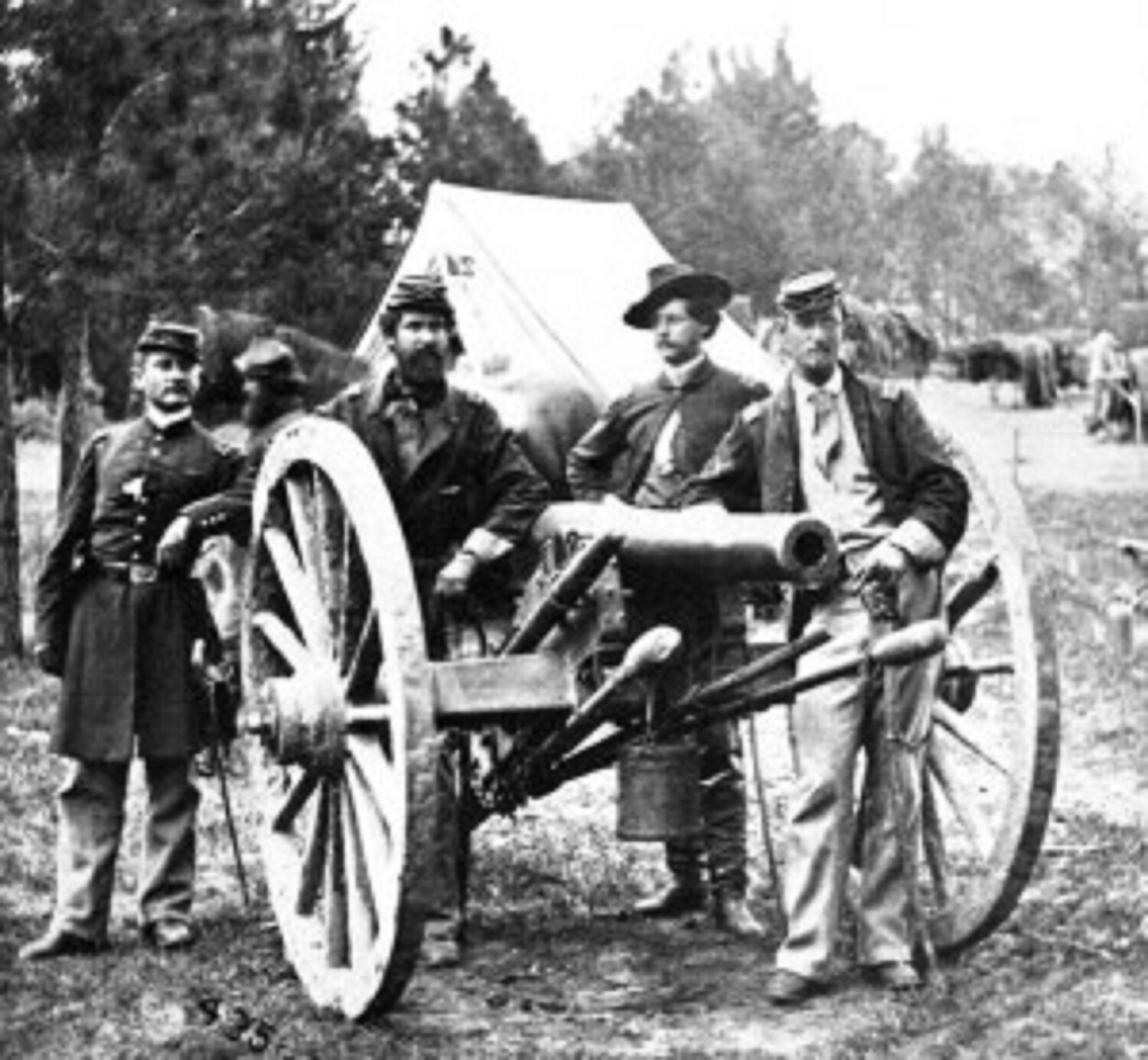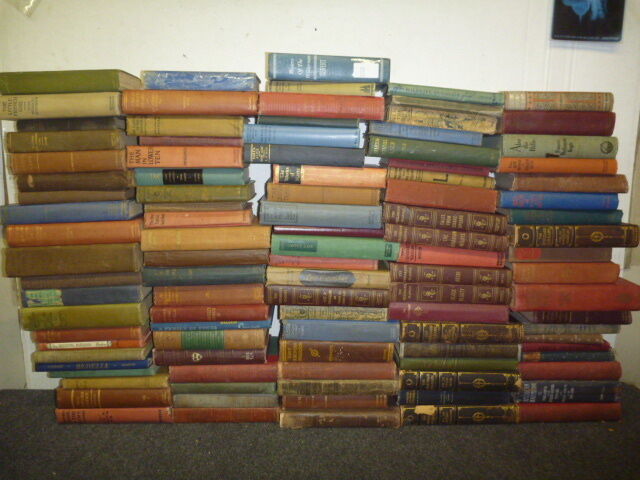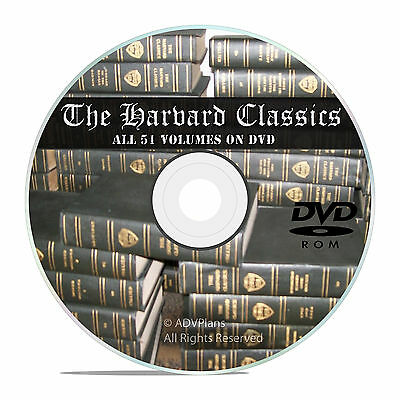-40%
RARITY - MASORETIC BIBLE- HANDWRITING, CODEX by ALEPPO - 13TH CENTURY
$ 3.95
- Description
- Size Guide
Description
*** CODEX by ALEPPO ***Aaron ben Moshe ben Asher
Masoretic Bible Handwriting
Medieval Manuscript
Tiberias,c. 1260
Synagogue ALEPPO in Syria (Northern Syria)
The synagogue of Aleppo is one of the oldest synagogues
used in the Levant.
This codex was the oldest complete manuscript
of the Masoretic Hebrew Bible until it was damaged in 1947
The age of this rare manuscript was dated and specified
by a specialist and professor in Russia (St.Petersburg)
to about 700 years old.
He is a consultant for ancient Hebrew books and manuscripts.
Rarity: Extremely rare
Age: over 700 years old
Complete Hebrew Bible manuscripts are only known from the 10th century AD, as the CODEX LENINGRADENIS (1008 A.D. / today also sometimes referred to as CODEX PETROPOLITANUS). This manuscript has been kept in the Russian National Library in St. Petersburg since the middle of the 19th century. The Codex Leningradensis is based on the modern scientific Hebrew Biblical edition (Biblia Hebraica Stuttgartensia), on which most of today's Bible translations are based.
The ALEPPO CODEX is even older. It dates from 920 AD and was written off in the area around Tiberias (near Lake Genzareth) by the scribe Sh'lomo ben Buya'a. The text was reviewed by Aaron ben Moshe ben Ascher. He also vocalized the text and provided it with masoretic notes. Ben Ascher was the last and most famous member of the Ben Ascher family from Tiberias. This Masoreten family produced the most accurate version of the Masorah and the text of the Hebrew Bible.
The Aleppo Codex was intended as a sample codex from the beginning. Only at Passover, Shavuot (=weekly feast) and feast of tabernacles should be read from this Bible manuscript; otherwise, it was only available to scholars to clarify questions of doubt. The Aleppo Codex was not intended for "normal" Bible study.
In 1947, the synagogue of Aleppo was devastated when the pogroms against the Jewish population in Syria erupted. The handwriting seemed lost. But at the risk of life, members of the synagogue saved the badly damaged and burned Bible from final destruction and smuggled it to Israel in 1958. In recent years, more fragments have emerged. Until its damage in 1947, the Aleppo Codex was the oldest complete manuscript of the Masoretic Hebrew Bible. The manuscript now contains 295 of the original 487 sheets and is located in Jerusalem on the lower floor of the shrine of the book (Museum of Dead Sea Scrolls), which belongs to the Israel Museum.
Even though one knew that the Masorets (Jewish theologians) like the Ben Asher family had made very precise copies of the Jewish Bible, one always hoped to find an ancient Bible or at least parts of it, in order to be able to check whether the text of the Jewish Bible had been changed.
This desire for research came true through the manuscript finds of the Dead Sea (so-called Qumran rolls). Through the role finds of the Dead Sea, all the books of the Old Testament are documented (except for the book of Esther). The Qumran scrolls are more than 1000 years older than the medieval manuscripts and show how the Bible text was handed down with the greatest care already in antiquity!
This assessment is based on the fact that the Codeof's Aleppo was the manuscript used by the rabbi and scholar Maimonides (1135–1204) when he established in his Mischneh Torah the exact rules for the writing of Torah scrolls (Hilkot Sefer Torah, "The Laws of the Torah Scroll"). However, Maimonides cited him only for section division and other formatting questions, but not for the text word itself.
"The codex we used in this work is the codex known in Egypt, which was in Jerusalem and contains 24 books," he wrote.
In the middle of the 11th century, about a century after it was written, the Codex came into the hands of the Careaean community of Jerusalem, apparently after it was bought by the heirs of Aaron ben Ascher. Not long after, it was taken as a prey from Jerusalem (either in 1071 by the Seljuks or 1099 by the Crusaders) and eventually reappeared in the Rabbanite Synagogue in Cairo, where it was used by Maimonides. Maimonides' descendants brought him to Aleppo, Syria, at the end of the 14th century. The community in Aleppo kept him so careful for six centuries that it was almost impossible for outsiders to examine him.
During the pogrom of Aleppo in December 1947, the Aleppin Central Synagogue was set on fire and destroyed.
The codex was initially considered lost. As it turned out later, however, large parts of the codex had been saved.
The exact circumstances of the damage and the whereabouts in the following years are still disputed. The Jews of Aleppo claim that the missing leaves were burned; on the other hand, the preserved leaves show no sign of fire, so they must have been brought to safety in good time. The dark spots on the side edges and corners visible today are probably due to bacterial or fungal infestation.
They offer on
this
RARITY
MASORETIC BIBLE- HANDWRITING,
CODEX by ALEPPO - 13TH CENTURY !












